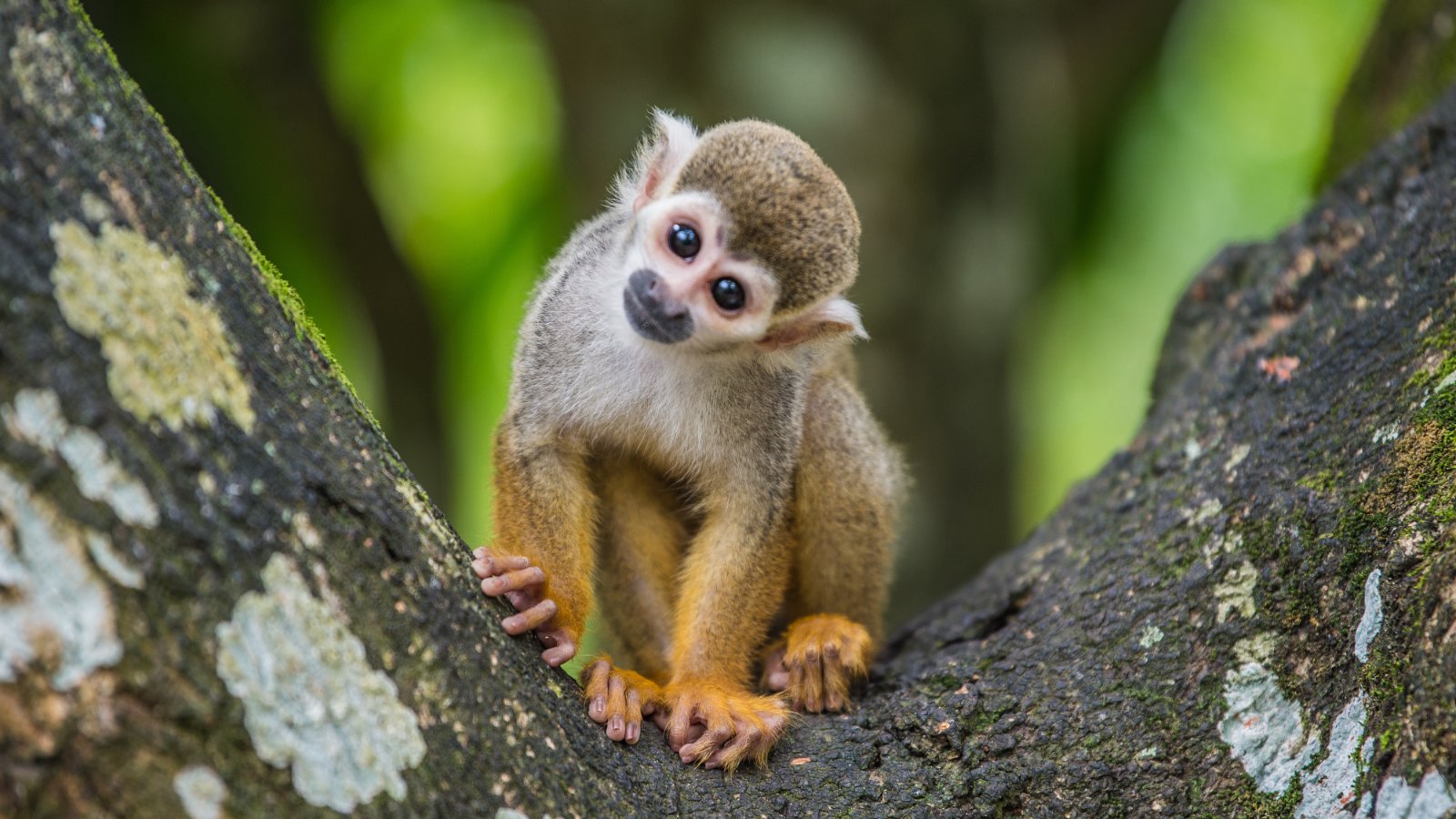Many Mammals Came from India, Discovery Suggests
As if hidden from the paleo tooth fairy, a lone molar belonging to a hoofed mammal stayed tucked beneath a pillow of volcanic rock in central India for more than 65 million years. Recently uncovered, the tooth predates similar fossils found across the globe.
The dental discovery sheds light on the evolution of adaptations that allowed a group of mammals called ungulates to thrive as expert grazers. It also suggests, according to newly published research on the tooth, that the Indian subcontinent could be the point of origin of many groups of mammals. The lower right molar, about half the size of an ant (2.5 millimeters long), was found embedded in central India's Deccan volcanic flows. The researchers estimate the tooth dates back to the late Cretaceous period (144 million to 65 million years ago), a time when India was not connected with other continents and dinosaurs still walked the Earth.
The fossil belonged to a new species of ungulate dubbed Kharmerungulatum vanvaleni, a hoofed animal related to modern horses, cows, pigs, sheep and deer. And it represents the oldest known evidence for the so-called archaic ungulates (small, primitive hoofed mammals), predating by millions of years the explosion of mammalian life that occurred during Paleocene Epoch, from 65 million to nearly 55 million years ago.
"Until now, the known fossil record of [the] oldest archaic ungulates or supposed ancestors of living ungulates comes from the Early Paleocene of North America," Guntupalli Prasad of the University of Jammu in India told LiveScience. He is the lead author of the tooth study, detailed in the Nov. 9 issue of the journal Science.
The teeth of mammals living during the late Cretaceous, Prasad noted, generally sported sharp and pointy cusps and, over evolutionary time, dental modifications led to expert grinders. However, the tooth of the new mammal was flat and broad, suggesting it was already adapted for munching grass rather than for tearing through meaty meals.
"We consider Kharmerungulatum to represent an early stage in the evolution of ungulates," Prasad and his colleagues write.
- Why Do We Grind Our Teeth?
- Top 10 Amazing Animal Abilities
- Image Gallery: Creatures of the Wild
Get the world’s most fascinating discoveries delivered straight to your inbox.
Jeanna Bryner is managing editor of Scientific American. Previously she was editor in chief of Live Science and, prior to that, an editor at Scholastic's Science World magazine. Bryner has an English degree from Salisbury University, a master's degree in biogeochemistry and environmental sciences from the University of Maryland and a graduate science journalism degree from New York University. She has worked as a biologist in Florida, where she monitored wetlands and did field surveys for endangered species, including the gorgeous Florida Scrub Jay. She also received an ocean sciences journalism fellowship from the Woods Hole Oceanographic Institution. She is a firm believer that science is for everyone and that just about everything can be viewed through the lens of science.


